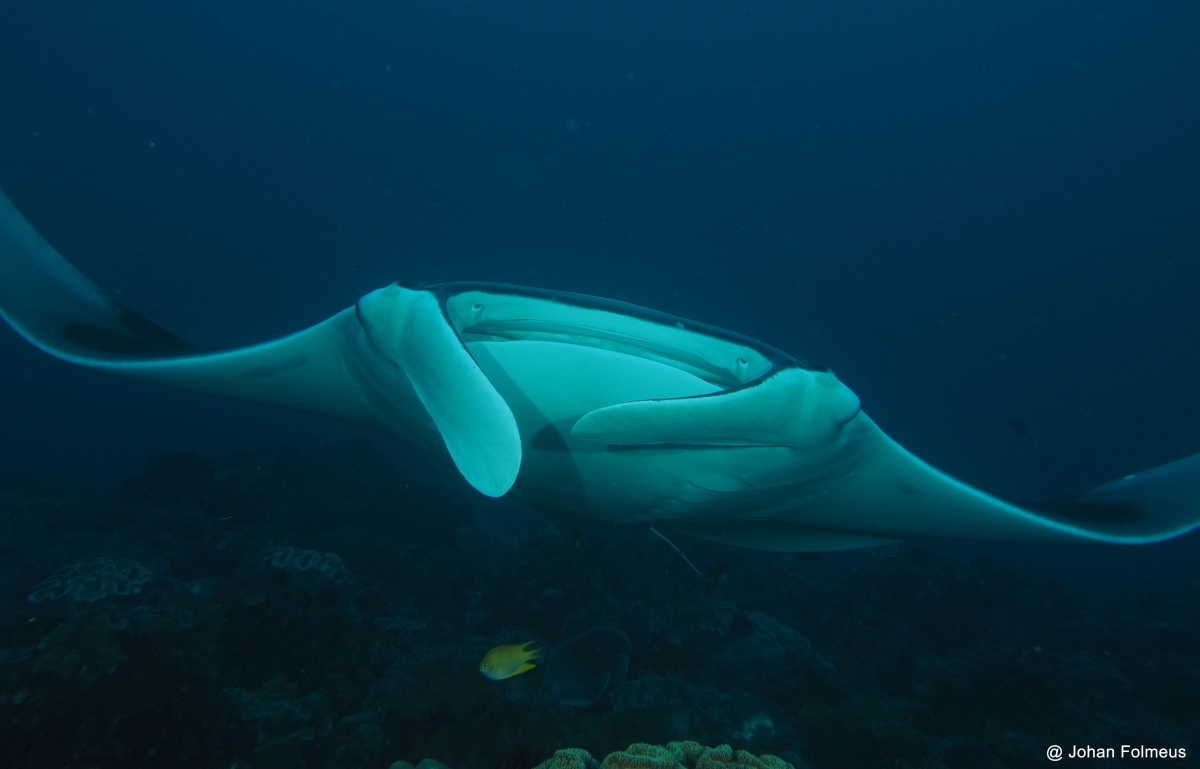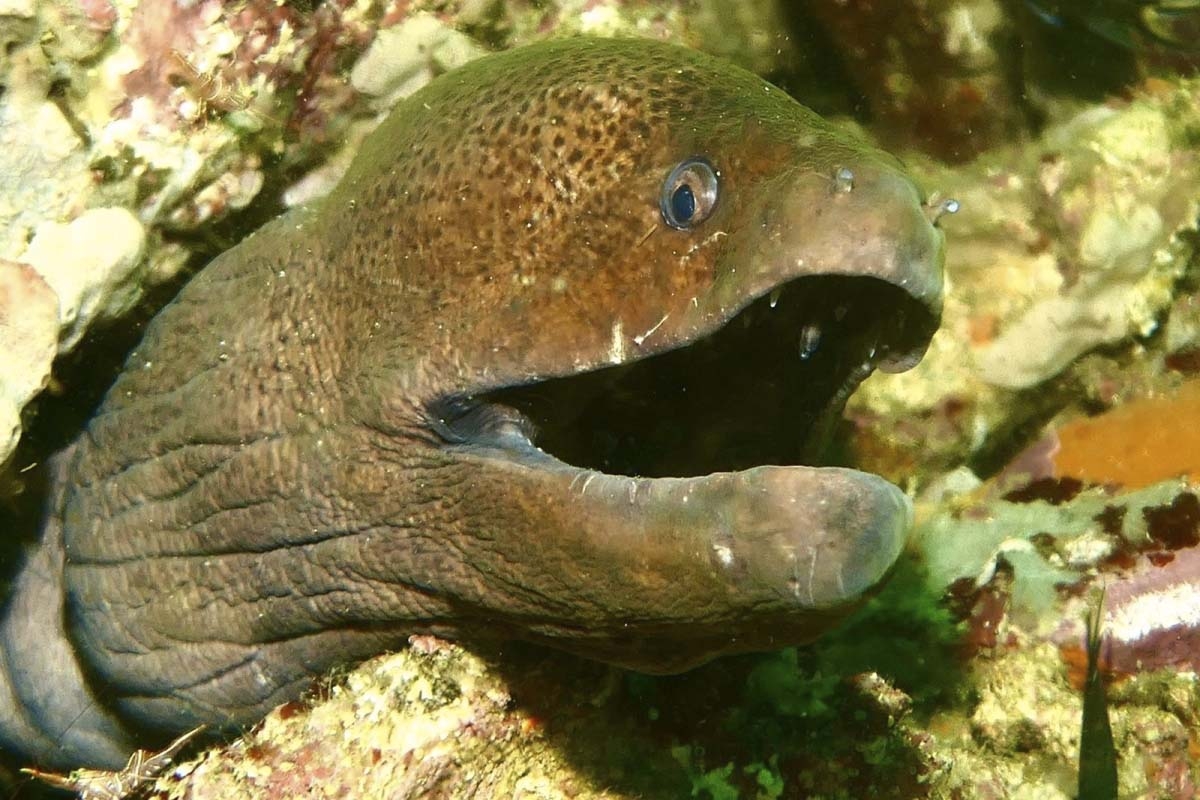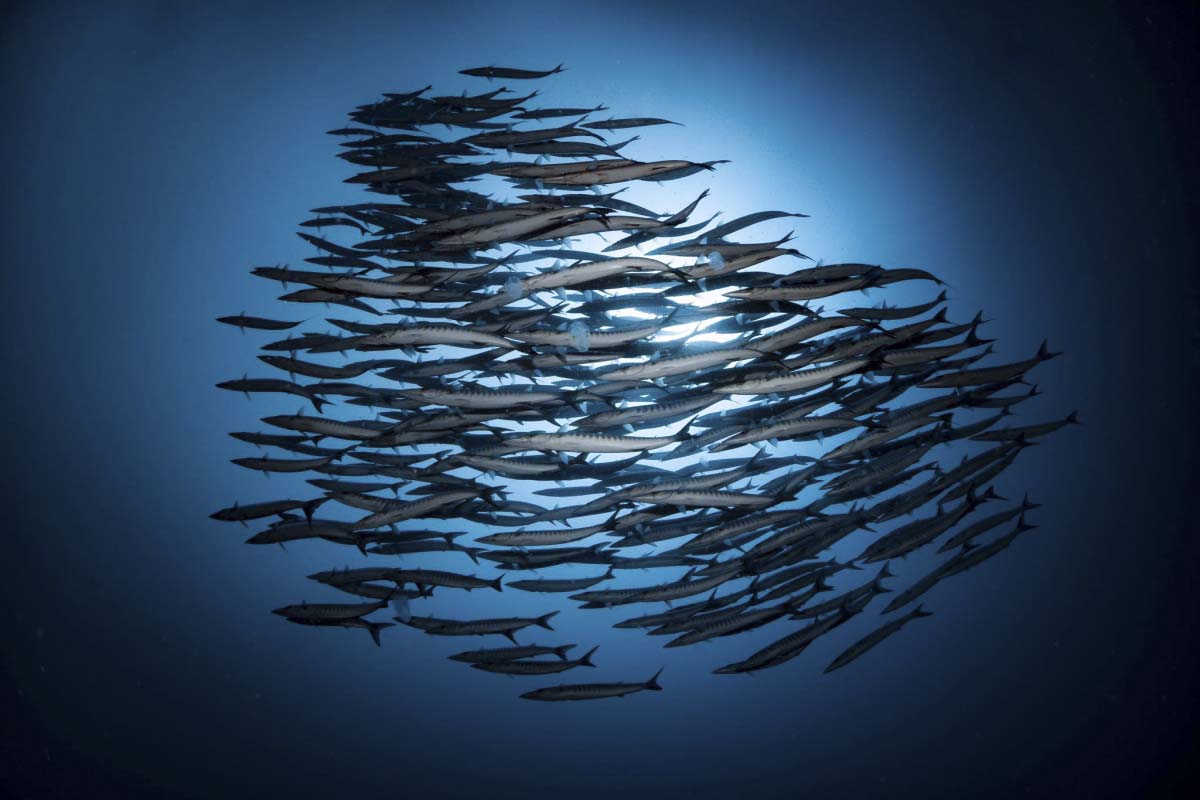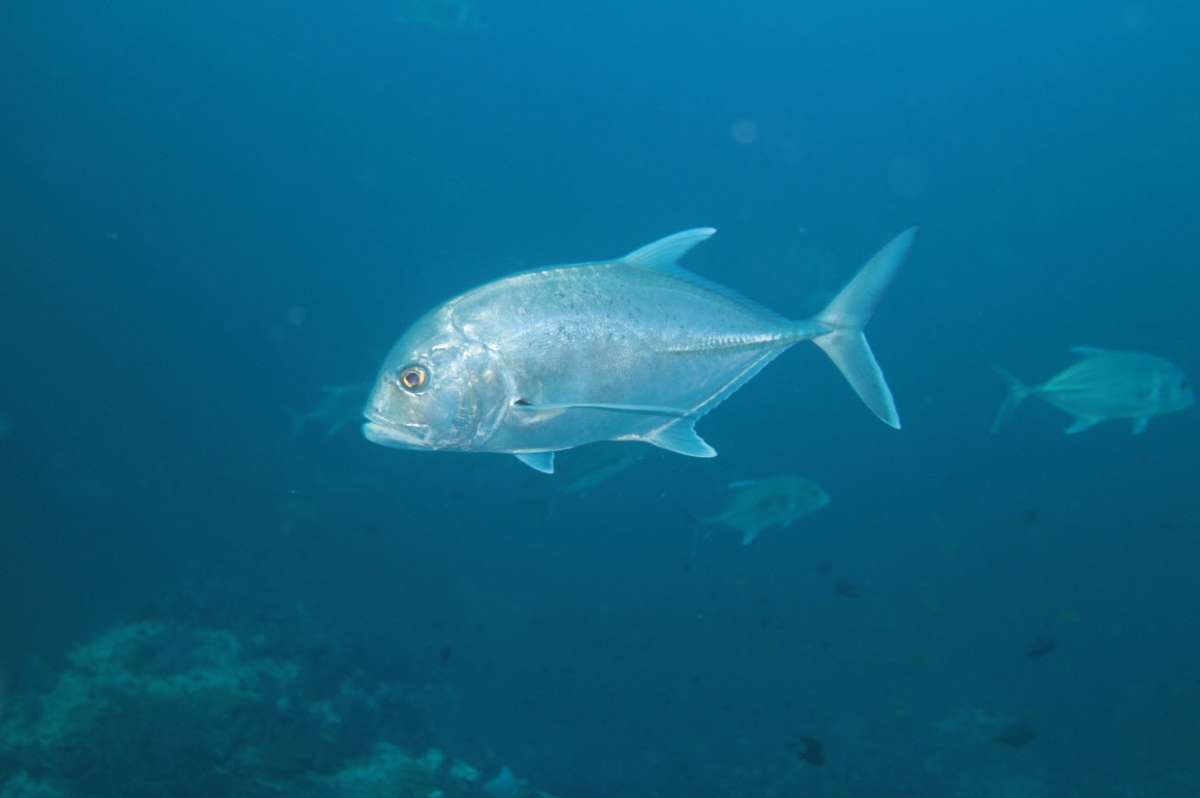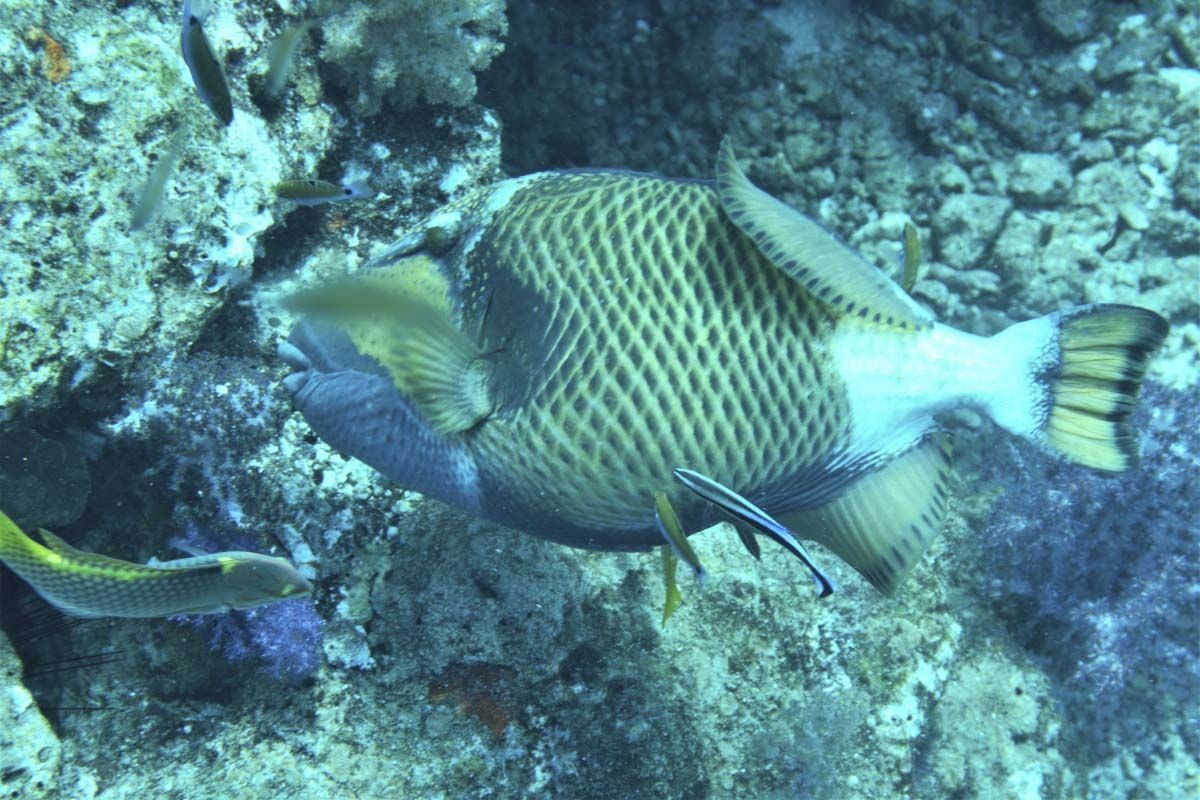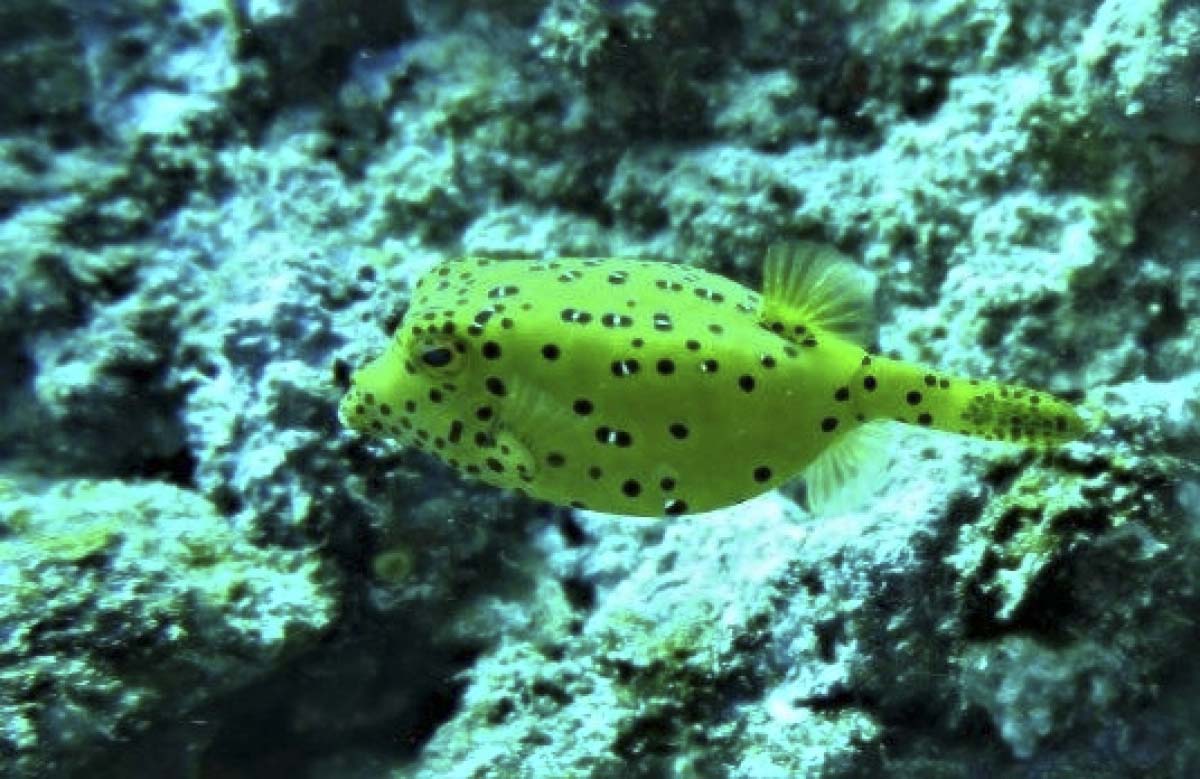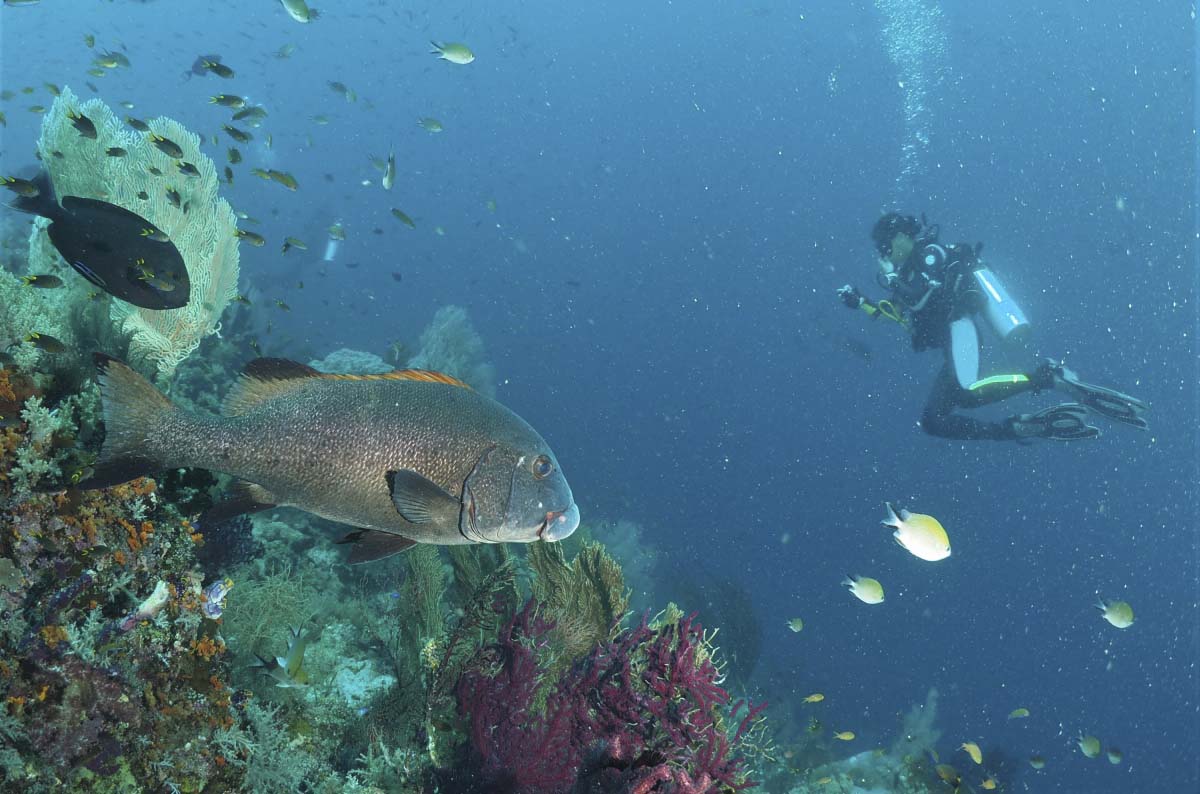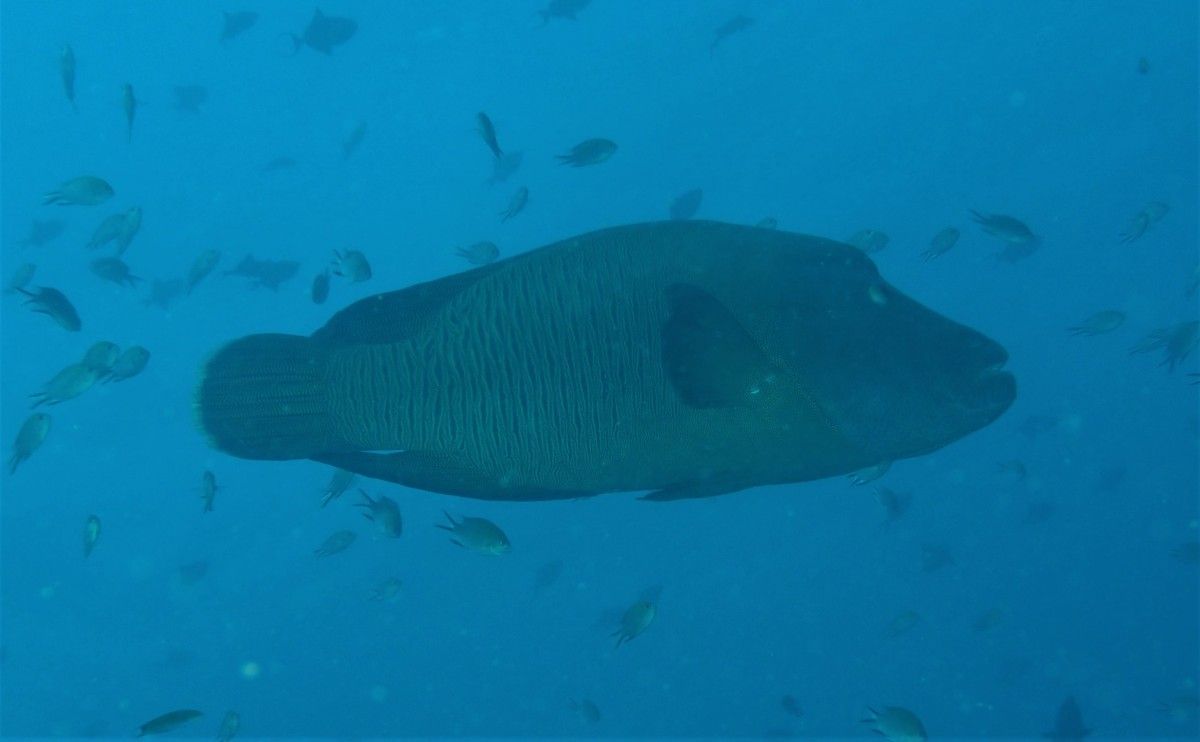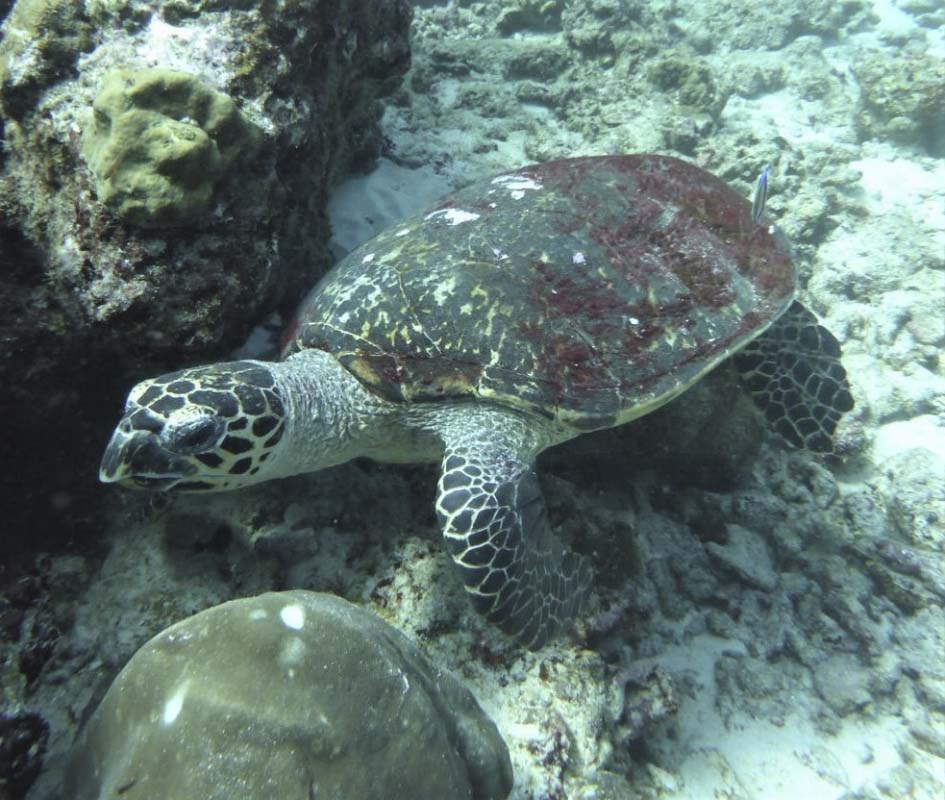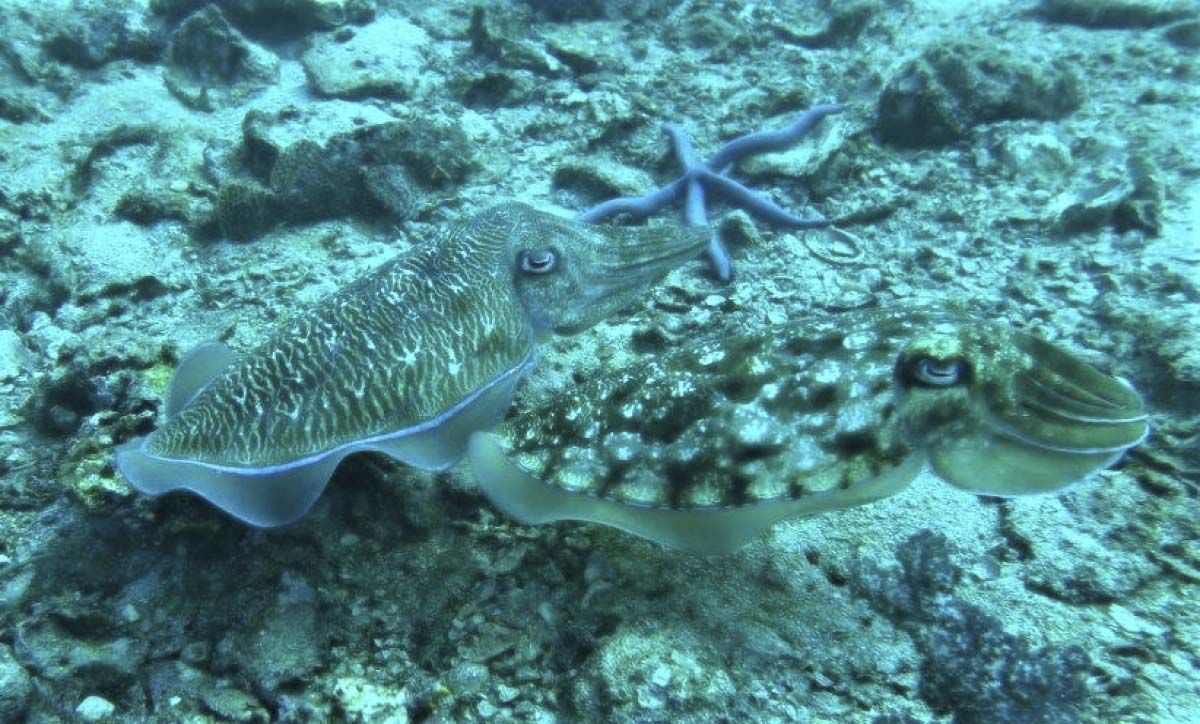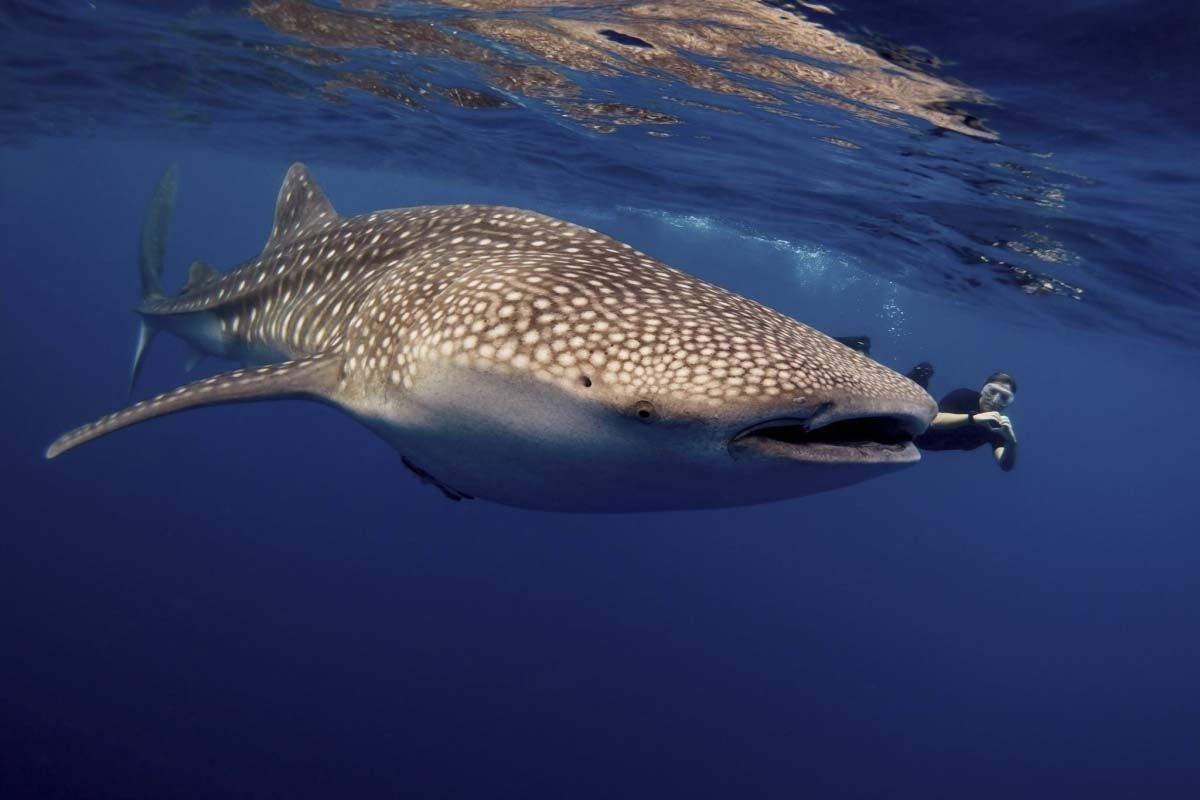
Hanifaru Bay
Located in the Maldives’ Baa Atoll, Hanifaru Bay is a UNESCO-protected site famous for manta ray swarms and rare whale shark encounters. Snorkelling here during the June–November season is unforgettable, as hundreds of mantas gather to feed. Diving isn’t permitted, helping preserve this unique ecosystem for future generations. Access is limited and strictly controlled.
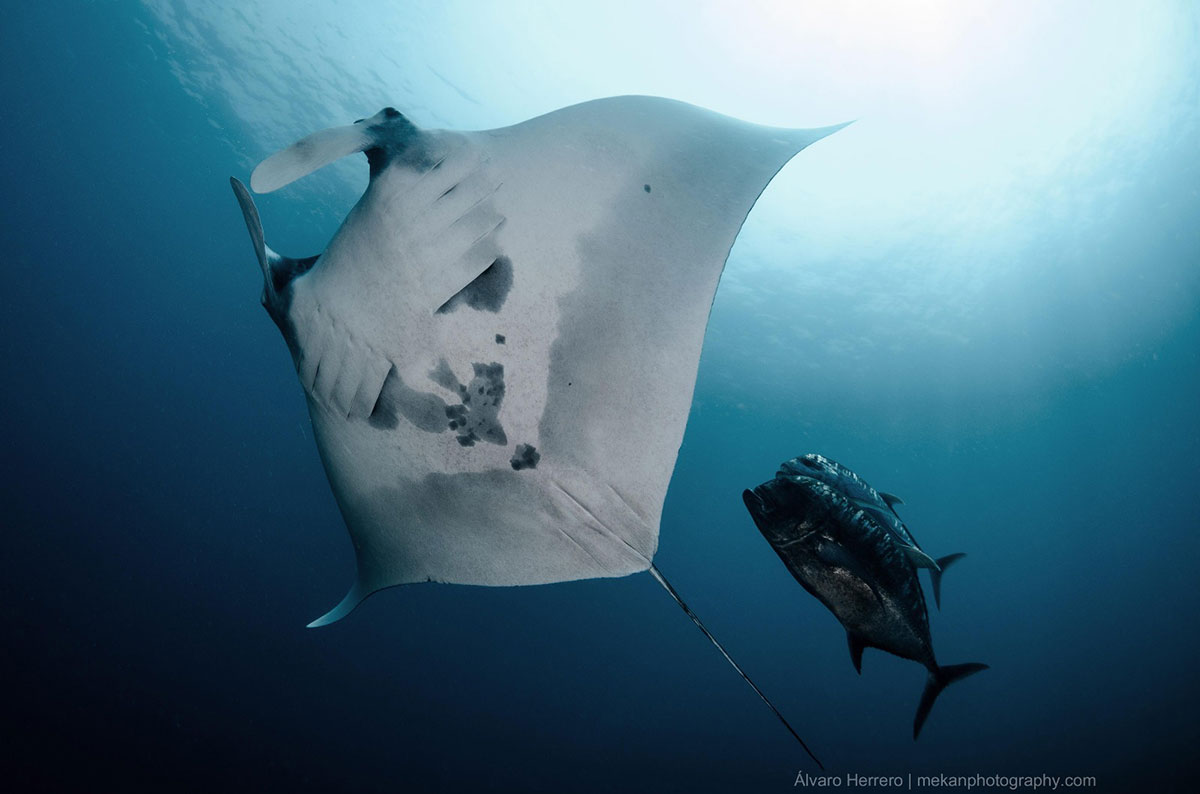
Hanifaru Bay is the most famous site in Baa Atoll and one of the best places in the world to snorkel with manta rays - sometimes more than 100 at once. Located within a protected UNESCO Biosphere Reserve, Hanifaru is a small bay on an uninhabited island, known for plankton blooms between May and November that attract manta rays and occasionally whale sharks.
In the past, divers could explore Hanifaru Bay, but that’s no longer allowed. To protect the fragile ecosystem and reduce stress on the animals, diving was banned, and snorkelling is now strictly controlled. Entry is limited to a small number of snorkellers each day, monitored by rangers and drones. Touching the animals, flashing photography, or getting too close is not permitted. Freediving is allowed, but scuba diving is not - as bubbles can disturb the mantas and whale sharks. Fortunately, all the action happens right near the surface, making snorkelling the perfect way to witness it.
These gatherings happen during incoming tides when plankton gets trapped at the surface. Mantas line up to feed in formation, and sometimes whale sharks join in. Hanifaru Bay is also an important nursery ground for young rays and sharks.
Guests on liveaboard cruises can visit Hanifaru Bay on specific days, with snorkelling sessions arranged between dives at other nearby sites. While the best time for manta action is from June to October, the Maldives’ dry season (with calm weather and great visibility) is January to March - so you’ll want to balance peak manta season with ideal diving conditions.
Even though diving isn't allowed inside the bay itself, manta rays can often be seen at nearby cleaning stations throughout Baa Atoll. Many liveaboard itineraries include stops at these cleaning stations and other fantastic reefs full of marine life - so scuba divers won’t miss out.
Conditions at Hanifaru Bay
When to dive at Hanifaru Bay
The best weather and sea conditions in the Maldives are from January to April. However, for the highest chances of seeing large numbers of manta rays in Hanifaru Bay, plan your trip between July and October - their peak feeding season.
What type of dive site is Hanifaru Bay
Diving in this area features coral reefs, sandy slopes, pinnacles, drop-offs, overhangs, swim-throughs, and drift dives — offering a mix of scenic and exciting underwater terrain.
Where is Hanifaru Bay?
Hanifaru Bay is in Baa Atoll, which lies on the west side of the Maldives, just north of the central atolls. It's part of the UNESCO-listed biosphere reserve and sits in the eastern section of the atoll.
How to get to Hanifaru Bay
The best way to visit Hanifaru Bay is to fly into Malé and join a Maldives liveaboard that includes Baa Atoll in its itinerary. Liveaboards typically visit Hanifaru between dives, allowing snorkelling at the bay during manta season from July to October.
Who can dive at Hanifaru Bay
Only snorkelling is allowed at Hanifaru Bay, so no diving certification is required there. However, nearby dive sites in Baa Atoll are suitable for all certified divers, with some deeper or current-prone sites best for Advanced divers or those with 50+ dives. You can often upgrade your certification during your liveaboard trip.
What marine life can you see at Hanifaru Bay?
Most visitors come to Hanifaru Bay for the incredible manta ray action, with dozens — sometimes over 100 — gliding through the plankton-rich water between July and October. Whale sharks occasionally join in, feeding alongside the mantas. Although diving isn’t allowed in the bay, the nearby reefs and cleaning stations offer encounters with reef sharks, eagle rays, and plenty of macro life year-round, making the area rich in marine biodiversity.
Summary of Hanifaru Bay
Hanifaru Bay is one of the most iconic marine sites in the Maldives, known for massive manta ray gatherings and occasional whale sharks during the plankton season from June to November. It's part of a protected biosphere reserve, and only snorkelling is allowed here - no diving - with limited entry to preserve the ecosystem. Despite the restrictions, it offers one of the most unforgettable wildlife encounters in the world.
